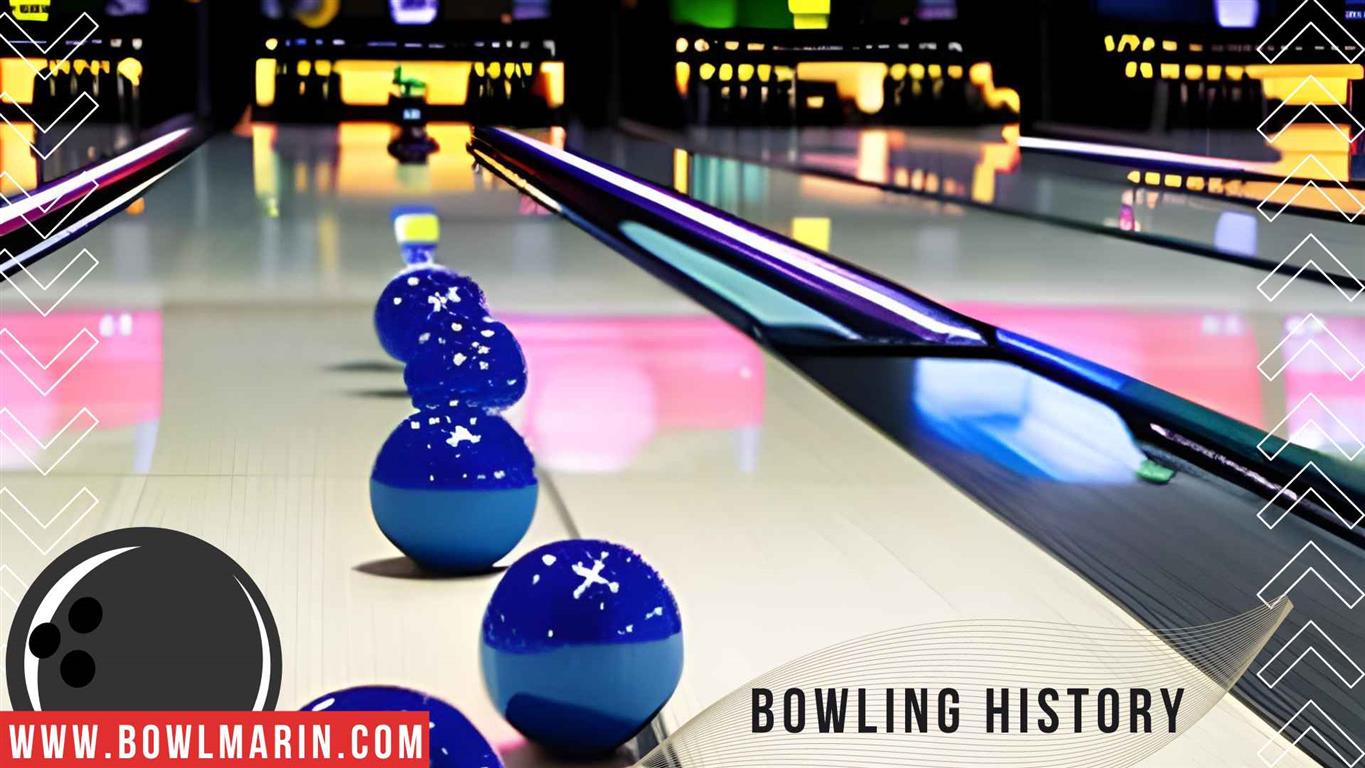Introduction Bowling History:
Bowling, a game of skill, precision, and camaraderie, has delighted enthusiasts for centuries. Its history is a tapestry of cultural exchanges, technological advances, and evolving rules. Let’s embark on a journey tracing the sport Bowling History from ancient origins to the modern alleys we’re familiar with today.
Ancient Beginnings:
Long before it was known as bowling, variations of the game were played in numerous ancient civilizations.
- Egypt: The earliest recorded semblance of bowling was found in an Egyptian child’s grave dating back to 3200 BC.while, Archeologists discovered objects resembling pins and balls, suggesting an ancestral form of the game.
- Rome and Greece: The Romans and Greeks had games where players would toss stones or balls to hit specific targets,while showing parallels to today’s bowling objectives.
Medieval Bowling History in Europe:
As centuries passed, bowling gained prominence in Europe, specifically in Germany, England, and Italy.
- Germany: By the 3rd or 4th century AD, Germans were using bowling as a religious ritual. They would set up pins, representing heathens, and attempt to knock them down with a stone, symbolizing purity and righteousness.
- England: Bowling became a popular pastime in England around the 14th century. However, due to its rampant popularity and fears that archery was being neglected, King Edward III temporarily banned the game in 1366.
Colonial Influence and the American Chapter:
The European colonists brought bowling with them to America in the 17th century.
- Dutch Settlers: In what’s now New York, the Dutch introduced their version of bowling, which was played on a lawn and would eventually evolve into what Americans refer to as “bowling on the green” or lawn bowling.
- Variations: Different regions in the U.S. had their versions of the game,but with a varying number of pins and balls.
Standardization and the Birth of an Association:
The sport’s popularity in the U.S. led to a demand for standardized rules.
- St. Louis: The first attempt to standardize the game occurred in 1875 in St. Louis, Missouri.
- American Bowling Congress (ABC): In 1895, the ABC was established, solidifying rules and organizing national competitions. Later, the Women’s Bowling Congress was formed in 1917, giving women an organized platform for the sport.
Modern Advances and Global Appeal:
The 20th century ushered in significant changes and advancements:
- Technology: Automatic pin-setting machines were introduced in the early 1950s, revolutionizing bowling alleys and making the game more efficient.
- Television: The broadcasting of bowling tournaments on television during the mid-20th century further bolstered the sport’s popularity.
- Global Reach: Recognized now as a universal sport, bowling has made its presence felt in the Asian Games, and efforts continue for its inclusion in the Olympics.
Conclusion Bowling History:
From ancient graves to gleaming modern alleys, bowling’s journey is a testament to its timeless appeal and adaptability. As we don our bowling shoes and aim for a strike, we’re not just playing a game but we’re participating in a sport that has evolved over millennia, bringing joy and competition to countless generations.
